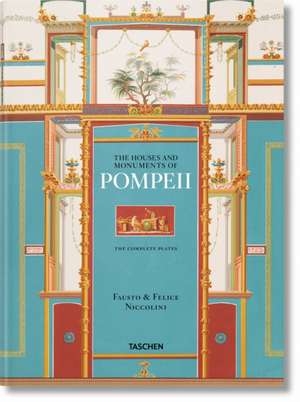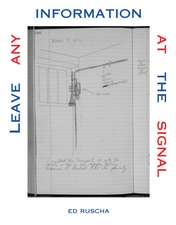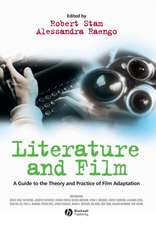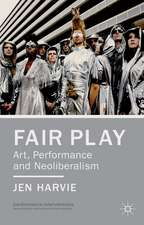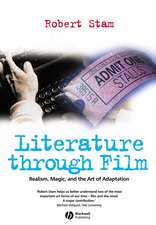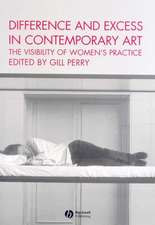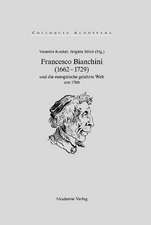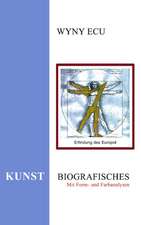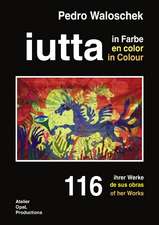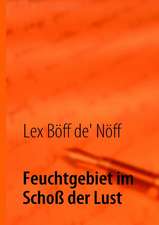Niccolini: Houses and Monuments of Pompeii
Autor Valentin Kockelen Limba Engleză Hardback – 9 aug 2016
Preț: 989.05 lei
Preț vechi: 1284.48 lei
-23% Nou
189.26€ • 202.38$ • 157.80£
Carte disponibilă
Livrare economică 27 martie-10 aprilie
Livrare express 13-19 martie pentru 204.90 lei
Specificații
ISBN-10: 3836556871
Pagini: 648
Dimensiuni: 282 x 395 x 77 mm
Greutate: 5.64 kg
Editura: Taschen Books
Descriere
When the excavations at Pompeii were first placed on a scholarly archaeological footing in the 19th century, brothers Fausto and Felice Niccolini were close at hand and ready to respond. Making use of the newly introduced technique of color lithography, they documented the buildings, frescos, statues, as well as the most ordinary everyday objects, of the city buried in just 24 hours by the catastrophic eruption of Vesuvius and preserved for over 1,600 years under a mantle of volcanic ash. The Niccolinis' goal was to illustrate all aspects of life in the antique city.
Their publication, Le case ed i monumenti di Pompei ("The Houses and Monuments of Pompeii"), which was issued in installments between 1854 and 1896 in Naples, presented over 400 color plates providing not only views, maps, and groundplans of the city and its public buildings, but also offered unprecedented access to Pompeii's private residences. They revealed the astonishing painted wall decorations that adorned these long-buried abodes, their intricate works of art, and the practical utensils of everyday use, conjuring up a vivid picture of each house as a real domestic space. In total, the plates illustrated more than 1,000 items, each extensively specified and located for the first time, making the publication a major reference in Pompeii research.
In addition, "animated" representations visualized daily life in Pompeii's workshops, taverns, and shops, on its public squares, and in its temples, theaters, and baths. This meticulous facsimile revives the Niccolinis' extraordinary achievement with all color plates and two introductory essays setting the project in its contemporary context and presenting the historical protagonists of the Vesuvian excavations. In addition, we explore the remarkable influence exerted by Pompeian art-and by the haunting plaster casts made of victims of the eruption-on the visual arts.
Across painting, sculpture, and interior design, we trace the Pompeii legacy in the work of Robert Adam, Anton Raphael Mengs, Angelika Kaufmann, Jean-Auguste-Dominique Ingres, Lawrence Alma-Tadema, Pablo Picasso, and Giorgio de Chirico, right through to recent masters Duane Hanson and George Segal.
Notă biografică
Sebastian Schütze war wissenschaftlicher Assistent an der Bibliotheca Hertziana (Max-Planck-Institut für Kunstgeschichte) in Rom. Er ist Mitglied des Wissenschaftlichen Beirates des Istituto Italiano per gli Studi Filosofici in Neapel und Mitglied der Österreichischen Akademie der Wissenschaften. In den Jahren 2003¿2009 lehrte er als Bader Chair in Southern Baroque Art an der Queen¿s University in Kingston. Seit 2009 hat er einen Lehrstuhl für Neuere Kunstgeschichte an der Universität Wien inne.
